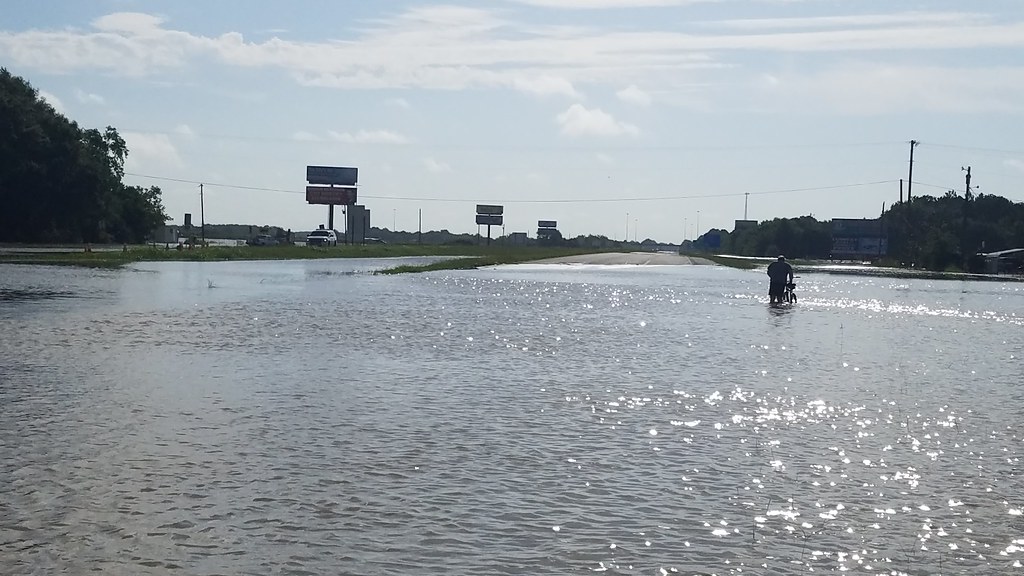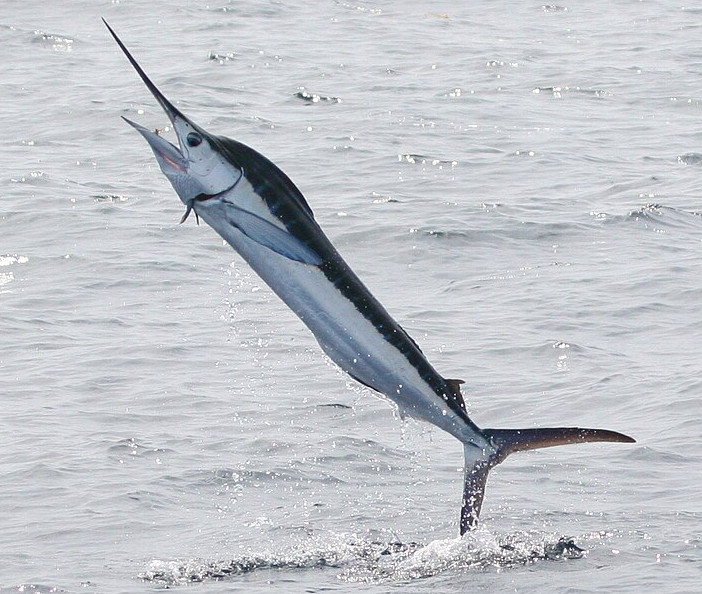The phrase ‘Global Warming’, is often linked to the ocean, conjuring up images of polar bears clinging to melting ice caps, rising sea levels flooding into low-lying cities, or rivers that once flowed freely into the ocean drying up to nothingness. 71% of the surface of our planet is covered with water, and 97% of this water lies in our oceans, meaning that oceans are hugely important when it comes to global warming! It now seems that scientists have found yet another way in which man-made climate change is wreaking havoc with our oceans. Oxygen levels.
A recent study using data recorded over the past 50 years shows that oxygen levels in the oceans across the globe are dropping, and are predicted to decrease by up to 7% more by the year 2100. This is because the temperature of the water is increasing. The number of anoxic and low-oxygen regions (regions that don’t have, or barely have, enough oxygen to support life) are on the increase. In fact, low-oxygen regions have expanded by over 1.7 million square miles in the past 50 years alone. This could be disastrous for marine life across the globe, forcing some species to relocate, whilst other species go extinct.

Image: Flickr
Although oxygen levels in the oceans are determined by a huge number of factors, they essentially boil down to how much oxygen the water can hold. One of the factors controlling this is water temperature; the warmer the water is, the less oxygen it can hold. This means that as the oceans get hotter, courtesy of global warming, their oxygen content is decreasing.
This, however, is not the end of the story. If you have ever been swimming on a hot day, you will know that water at the surface of the pool is much warmer than the water down by your feet, and that the temperature difference is bigger on hotter days. This is because as the sun heats the water at the surface of the pool, the density of the water decreases, causing it to stay above of the denser water beneath. This is similar to what happens in the ocean; the more that the surface of the ocean heats up, the less it mixes with the water below, effectively separating the water into layers. The water in-between these layers, where the temperature is changing rapidly, it referred to as a thermocline. Since the temperature of the planet started to increase, the temperature difference on either side of the thermocline has been increasing. Although it may not seem it, this also contributes hugely to the problem of ocean oxygen levels.
Water deep down in the oceans receives its oxygen by mixing with water from above the thermocline. As a very rough estimation, if water on the surface of the ocean is 100% saturated with oxygen, water just below the thermocline could be around 60%, whilst water at the very bottom of the oceans can have even less – thanks to decomposing material sucking oxygen out of the water. However, due to the increase of temperature difference between the layers, the water has been mixing less, and the water below the thermocline has been receiving even less oxygen from the surface. Furthermore, an increase in Arctic ice melt is causing the natural circulation of the oceans to slow, decreasing the natural rate of oxygen replenishment for deep water even further. All of this means that water below the thermocline contains far less oxygen than normal, and is often unable to support life.

Image: Wiki Commons
This is not a new problem. Around 10 years ago, a team of scientists studying marlin noted that although these fish typically feed in waters around 800 metres deep, but those around North Carolina were hovering at a depth of around 300 feet, never descending to the depths that they usually would in their search of food. Further research showed a patch of anoxic water a few hundred feet down that the fish were being forced to avoid, expanding upwards at the rate of a few feet every year and forcing the marlin towards the surface. This put the marlin in danger from humans, as they were far more likely to get tangled in nets and lines, and eventually caused their numbers in this area to decrease.
For smaller fish, such as the Midwater Bristlemouths that lives in off the coast of California, the forced migration to the surface increases their susceptibility to predators. In the case of the Bristlemouths, the species has decline by 63% in the past 50 years. Small fish such as these are in decline across the globe, due to decreasing oxygen levels (as well as other problems, for example ocean acidification). Furthermore, as these small fish play an important role in the food web, the consequences could be disastrous for species of marine life all the way up the food chain.
It is very likely that within the next 50 years, the entire structure of our marine ecosystem will have changed. However, due to the scale of the problem, it is near-impossible difficult to predict what these changes will be. It seems that only time will tell.


